Lighting is an essential element in home decor that often goes overlooked. It has the power to transform a space, create ambiance, and enhance the overall aesthetic of a room. Whether you’re looking to create a cozy and inviting atmosphere or a bright and energizing space, the right lighting can make all the difference. In this article, we will explore the importance of lighting in home decor and discuss various topics such as types of lighting fixtures, color temperature, layering lighting, task lighting, accent lighting, outdoor lighting, energy-efficient lighting, lighting control systems, and lighting maintenance.
Understanding the Importance of Lighting in Home Decor
Lighting plays a crucial role in setting the mood and ambiance of a space. It can make a room feel warm and inviting or cold and sterile. The right lighting can highlight architectural features, artwork, and furniture, while the wrong lighting can cast unflattering shadows and make a room feel uninviting. By understanding the different types of lighting and their purposes, you can create a well-balanced and visually appealing space.
There are three main types of lighting: ambient, task, and accent. Ambient lighting provides overall illumination to a room and is typically achieved through ceiling-mounted fixtures such as chandeliers or recessed lights. Task lighting is focused on specific areas where activities such as reading or cooking take place. It can be achieved through table lamps, desk lamps, or under-cabinet lights. Accent lighting is used to highlight specific objects or areas in a room, such as artwork or architectural features. It can be achieved through spotlights or wall-mounted fixtures.
Types of Lighting Fixtures: Choosing the Right One for Your Home
When it comes to choosing the right lighting fixture for your home, there are several factors to consider. The size of the fixture should be proportionate to the size of the room. A small fixture in a large room may get lost, while a large fixture in a small room may overwhelm the space. The style of the fixture should also complement the overall decor of the room. For example, a modern chandelier may look out of place in a rustic farmhouse-style kitchen.
The function of the fixture is another important consideration. In a kitchen, for example, pendant lights are often used over an island or dining table to provide task lighting. In a living room, a combination of floor lamps and table lamps can create a cozy and inviting atmosphere. Wall sconces can be used in hallways or bathrooms to provide both ambient and accent lighting. By carefully considering the size, style, and function of the lighting fixture, you can choose one that enhances the overall aesthetic of your space.
Lighting Color Temperature: How it Affects the Mood of Your Space
Color temperature refers to the warmth or coolness of light and is measured in Kelvin (K). Warm light has a lower color temperature (around 2700K) and appears more yellow or orange, while cool light has a higher color temperature (around 5000K) and appears more blue or white. The color temperature of light can greatly affect the mood and ambiance of a space.
Warm light ezhull is often associated with coziness and relaxation, making it ideal for bedrooms, living rooms, and dining areas. Cool light, on the other hand, is often associated with productivity and focus, making it ideal for kitchens, home offices, and task-oriented areas. Neutral light (around 3500K) falls in between warm and cool light and can be used in various areas of the home.
Layering Your Lighting: Creating a Warm and Inviting Ambiance
Layering lighting is an effective technique for creating a warm and inviting ambiance in any room. It involves using multiple sources of light at different levels to create depth and visual interest. By combining ambient, task, and accent lighting, you can create a well-balanced and visually appealing space.
To achieve proper lighting layering, start with ambient lighting as the base. This can be achieved through ceiling-mounted fixtures or recessed lights. Next, add task lighting in areas where specific activities take place, such as reading or cooking. This can be achieved through table lamps, desk lamps, or under-cabinet lights. Finally, add accent lighting to highlight specific objects or areas in the room, such as artwork or architectural features. This can be achieved through spotlights or wall-mounted fixtures.
The Role of Task Lighting in Your Home

Task lighting is essential in areas where specific activities take place. It provides focused illumination that allows you to see clearly and perform tasks with ease. In the kitchen, for example, task lighting is crucial for food preparation and cooking. Under-cabinet lights can be installed to provide direct illumination on the countertop, while pendant lights can be used over an island or dining table.
In a home office, task lighting is important for reading, writing, and working on a computer. A desk lamp with an adjustable arm and a focused beam of light can provide the necessary illumination without causing glare or shadows. In the bedroom, bedside table lamps can provide task lighting for reading or getting ready in the morning.
Accent Lighting: Highlighting Your Home’s Best Features
Accent lighting is used to highlight specific objects or areas in a room. It adds drama and visual interest by drawing attention to focal points such as artwork, architectural features, or decorative elements. Accent lighting can be achieved through spotlights, track lights, or wall-mounted fixtures.
In a living room, for example, accent lighting can be used to highlight a gallery wall or a statement piece of artwork. In a dining room, a chandelier with adjustable spotlights can be used to highlight a centerpiece or a buffet table. In a bathroom, wall sconces can be used to highlight a vanity mirror or a decorative tile wall. By strategically placing accent lighting, you can create a visually stunning and well-balanced space.
Outdoor Lighting: Enhancing Your Home’s Curb Appeal
Outdoor lighting is not only important for safety but also for enhancing the curb appeal of your home. It can highlight architectural features, illuminate pathways and entrances, and create a welcoming atmosphere. There are various outdoor lighting fixtures to choose from, including wall-mounted lights, post lights, and landscape lights.
Wall-mounted lights can be installed next to the front door or garage to provide illumination and enhance the architectural features of your home. Post lights can be placed along pathways or driveways to guide visitors and create a warm and inviting ambiance. Landscape lights can be used to highlight trees, shrubs, or other landscaping features. By carefully selecting and placing outdoor lighting fixtures, you can enhance the overall aesthetic of your home’s exterior.
Energy-Efficient Lighting: Saving Money and the Environment
Using energy-efficient lighting not only helps save money on electricity bills but also reduces environmental impact. Traditional incandescent bulbs are highly inefficient and waste a significant amount of energy as heat. Energy-efficient options such as LED (Light Emitting Diode) and CFL (Compact Fluorescent Lamp) bulbs use significantly less energy and last much longer.
LED bulbs are the most energy-efficient option available today. They use up to 80% less energy than traditional incandescent bulbs and can last up to 25 times longer. CFL bulbs are also energy-efficient but contain small amounts of mercury, so proper disposal is necessary. By switching to energy-efficient lighting options, you can reduce your carbon footprint and contribute to a more sustainable future.
Lighting Control Systems: Automating Your Home Lighting
Lighting control systems allow you to automate and control your home lighting with ease. They offer convenience, energy savings, and enhanced security. There are various types of lighting control systems available, ranging from simple timers to advanced smart home systems.
Timers can be used to automatically turn lights on and off at specific times, which is especially useful when you’re away from home. Dimmer switches allow you to adjust the brightness of the lights, creating different moods and saving energy. Smart home systems, such as those compatible with voice assistants like Amazon Alexa or Google Assistant, allow you to control your lights with your voice or through a smartphone app. By using lighting control systems, you can customize and automate your home lighting to suit your needs and preferences.
Lighting Maintenance: Keeping Your Fixtures in Top Condition
Proper maintenance is essential for keeping your lighting fixtures in top condition and ensuring they provide optimal illumination. Regular cleaning is necessary to remove dust, dirt, and grime that can accumulate on the surface of the fixtures and reduce their brightness. Use a soft cloth or a duster to gently wipe down the fixtures, taking care not to damage any delicate parts.
In addition to cleaning, it’s important to check the bulbs regularly and replace them when they burn out. Burnt-out bulbs not only reduce the amount of light produced but also consume unnecessary energy. It’s also a good idea to inspect the wiring and connections periodically to ensure they are secure and in good condition. If you notice any signs of damage or wear, it’s best to consult a professional electrician for repairs or replacements.
In conclusion, lighting is a crucial element in home decor that can greatly impact the mood, ambiance, and overall aesthetic of a space. By understanding the different types of lighting fixtures, color temperature, layering lighting techniques, task lighting, accent lighting, outdoor lighting options, energy-efficient lighting choices, lighting control systems, and proper maintenance practices, you can create a well-lit and visually appealing home. Take the time to carefully consider the lighting needs of each room and choose fixtures that enhance the overall decor. With the right lighting, you can transform your home into a warm and inviting sanctuary.


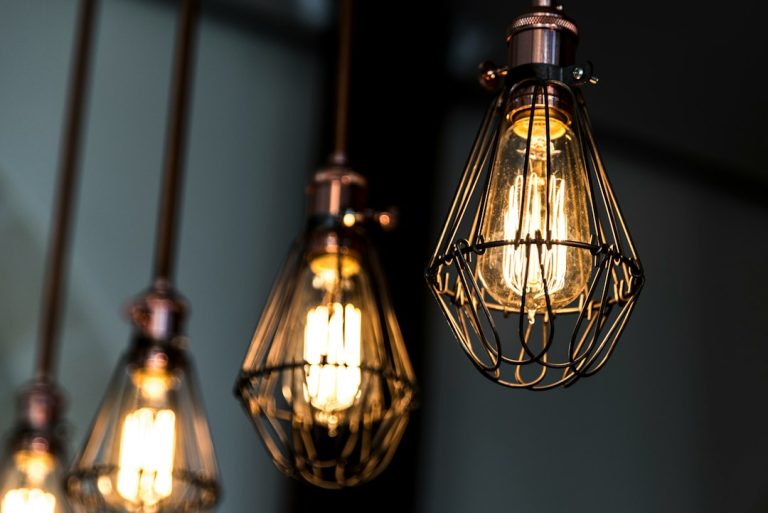
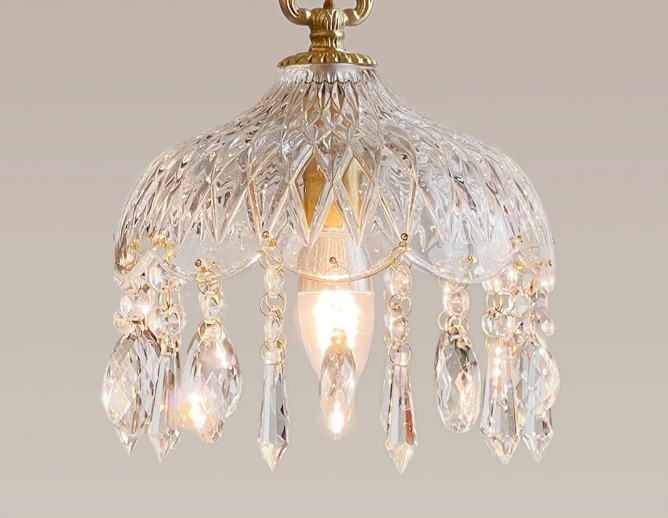

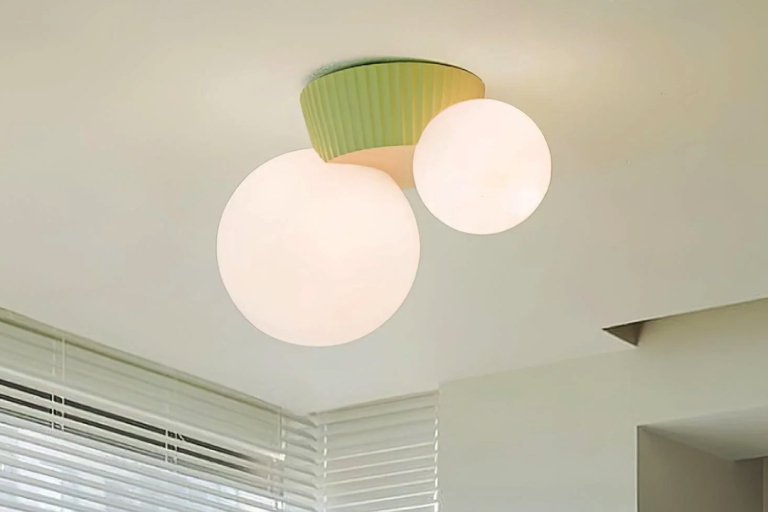
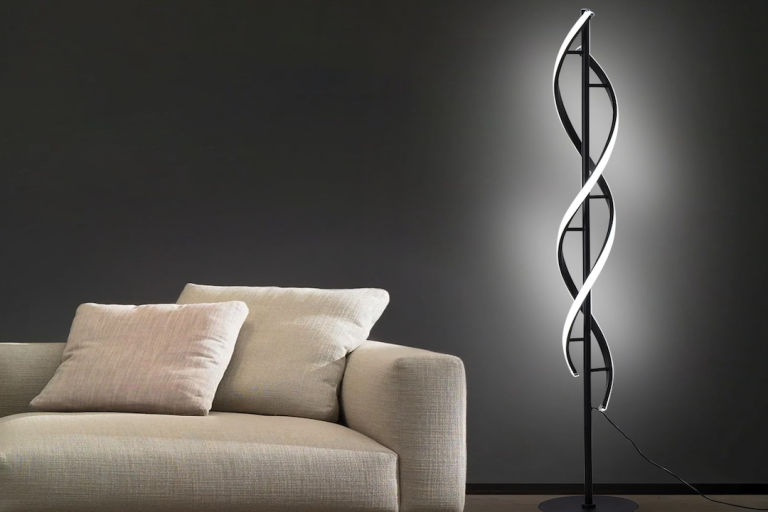
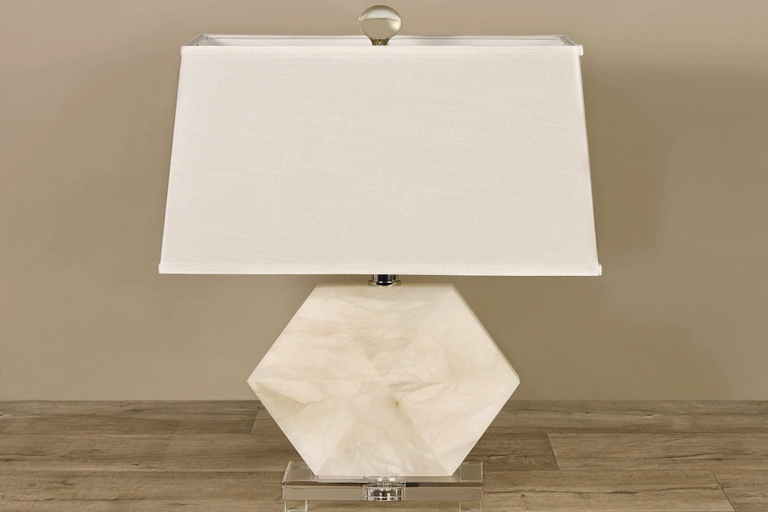

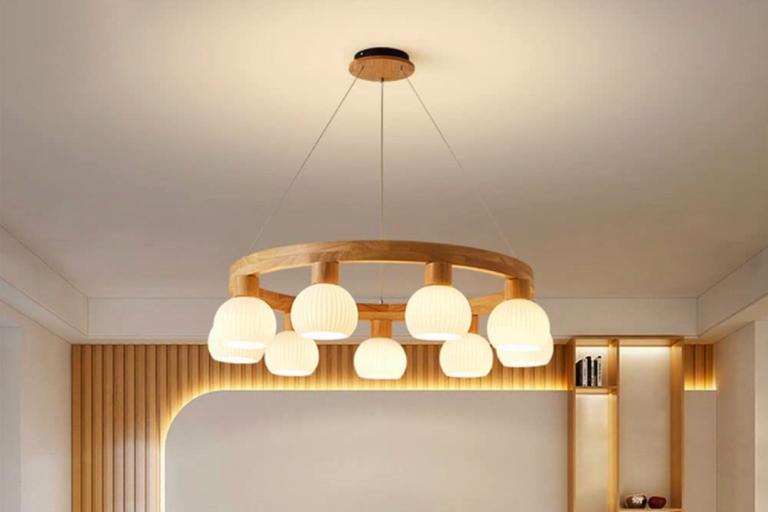
+ There are no comments
Add yours